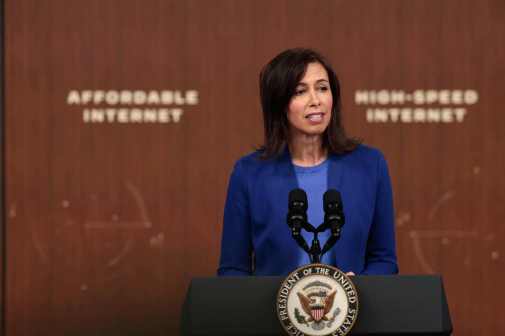FCC announces precision upgrade plan for Wireless Emergency Alert system

Following requests from emergency management organizations to modernize the Wireless Emergency Alert system, the Federal Communications Commission has announced a plan to do just that.
FCC Chairman Ajit Pai proposed on Tuesday planned upgrades to the national alert system, which sends messages to mobile devices in a given geographic region in the event of an emergency or child abduction. The upgrades, which the commission says it believes will make the system more effective, are slated to go live by Nov. 30, 2019.
The rule change includes a requirement that all participating wireless providers deliver alerts to all devices within an area designated by the reporting agency, insofar as it overlaps with the carrier’s coverage. The expectation is to create a more precise and thorough alerting process. When the system first went live in 2012, county-level alerts were the highest level of precision available.
Francisco Sanchez, the deputy emergency management coordinator for Harris County, Texas, said Pai’s proposal is “bold and necessary,” calling it the “single most important improvement to the nation’s alerts and warnings infrastructure in years.”
“The deadly hurricanes of 2017, the Las Vegas shooting, the attempted terror attack in New York City and catastrophic California wildfires have highlighted the need for WEA to be revamped so it is in line with today’s technology,” Sanchez said in a statement released to reporters.
The report and order also require wireless providers to supply an approximation of where they will be technically unable to deliver alerts and mandate that devices capable of receiving alerts retain the messages in a “consumer-accessible format and location” for at least 24 hours.
In comments to the FCC, emergency management groups noted the importance of better-targeted alerts, noting that over-alerting could encourage people to ignore or opt out of the alerts.
The rule change gives wireless providers an opportunity to participate in the program “in whole” or “in part,” to provide transparency to subscribers. Providers are defined as participating “in whole” when they agree to transit messages “in a manner consistent with the technical standards, protocols, procedures, and other technical requirements implemented by the Commission in the entirety of their geographic service area, and when all mobile devices that they offer at the point of sale are WEA-capable.” Providers found to be participating “in part” meet technical and procedural requirements, but only some of their devices are WEA-capable.
All stakeholders supported this method of defining participation except for the trade group CTIA, which asked instead for an all-or-nothing definition that would require providers to comply with all elements of the program.
The FCC says the rule changes will incur to providers a one-time cost of “slightly over” $41 million, with new or upgraded software accounting for most of that total, and just $1.1 million needed for potential upgrades to nine standards.
While the report mentions in passing the future possibility of “content-rich features such as multimedia,” this rule change does not immediately address such upgrades, which are also on the wish list that was sent to the FCC earlier this week, alongside multi-language support, and “many-to-one” functionality that would allow users to supply agencies with data that could inform resource allocation during an emergency.





